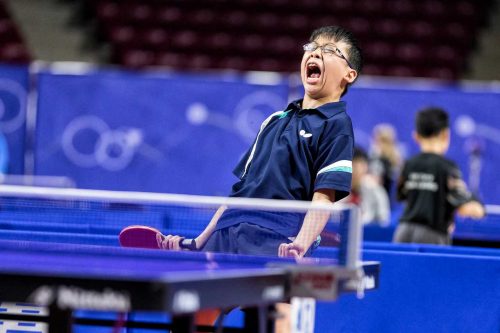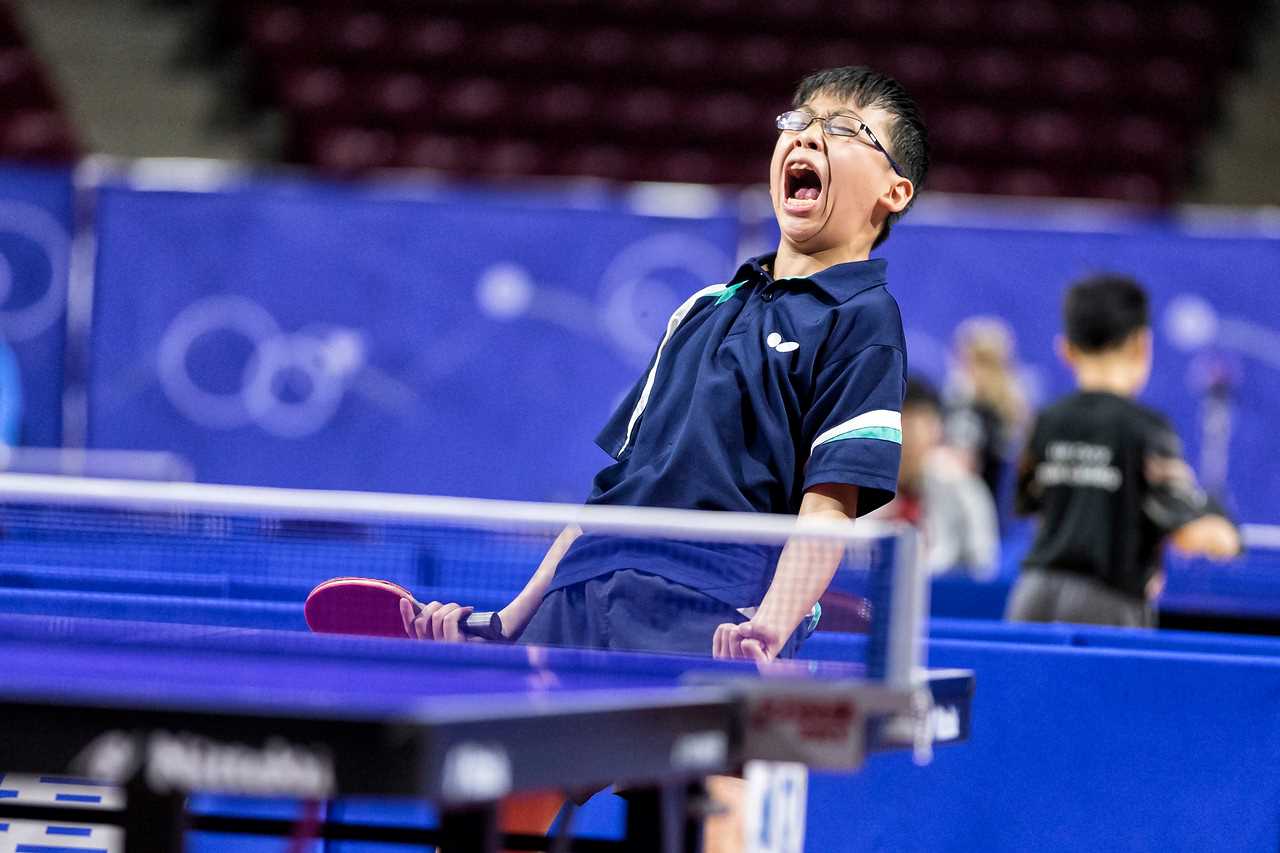Table Tennis Canada develops meaningful competition
 The national table tennis system has gone through some upheaval in recent years, with a new administration taking over in 2019. Facing a significant deficit and a tournament schedule that wasn’t working like they’d hoped, the new leadership decided to undertake a complete overhaul of their competition structure with the help of Sport for Life and the Canada Games Council (CGC).
The national table tennis system has gone through some upheaval in recent years, with a new administration taking over in 2019. Facing a significant deficit and a tournament schedule that wasn’t working like they’d hoped, the new leadership decided to undertake a complete overhaul of their competition structure with the help of Sport for Life and the Canada Games Council (CGC).
“When we started looking at the systems that were in place, we knew we wanted to do something different than the former administration. We wanted to improve our system so we could work on the alignment with our Long-Term Development pathway, and to become more athlete-centred, and more coach-led, with a group of good people working behind the scenes for support,” said Marles Martins, Technical Development Manager for Table Tennis Canada.
This was no small task, since they currently have 4500 active participants in their male and female streams participating at a competitive level, ranging in age from eight to 80. They’ve seen a significant surge in youth participation, with many schools now hosting table tennis clubs. If the recreational users are taken into account, Martins believes there are tens of thousands of potential participants in Canada who could benefit from a better designed competition system.
In 2019 the organization began working with Long-Term Development advisor André Lachance, with funding from the CGC, to rethink how their competitions would be run. They’ve decided to implement a ratings system in which age is no longer used as a category — only skill level. This move ensures that the match-ups are not lop-sided, and that every player is faced with a meaningful challenge.
“We think competition needs to be meaningful to impact players’ development and provide them with the necessary life experience to prepare that person to integrate successfully into society. If we deliver a better competition system, we can impact the entire lifetimes of these athletes, because if you give them a chance to play and get better according to their own level, with dignity, you’ll have them hooked for life,” Martins said.
According to Aaron Bruce, Vice President of Sports & Games at the Canada Games Council, the organization made a fund available for national sport organizations (NSOs) that wanted to conduct a review of their Canada Games competition structures and look for innovative ways to increase the meaningfulness. By not being complacent, Bruce believes Table Tennis Canada is setting an example of committing to streamlining their athlete pathway.
“We want to use Table Tennis Canada as an example, because from our perspective this has been a really valuable way for them to ensure they’re using the Canada Games to their full potential. They can show other NSOs what it looks like now they’ve taken advantage of this fund.”
Sport for Life’s Carolyn Trono, Director of Quality Sport Development, has been encouraging NSOs across the country to examine the way their competitions are organized so they can begin the work of supporting Long-Term Development principles and ensuring players have an opportunity to be active for life.
“Just because your sport has been doing something one particular way doesn’t mean it’s the most effective approach. By having a definition of meaningful competition, a sport can reimagine competition structures and formats to put a priority on athletes having a meaningful competition experience. Each sport needs to determine the best way to make this happen, and we’re here to support in any way we can. Table Tennis Canada has provided a great example of this and has really blazed a trail for us.”
The Canada Games Council is looking for new applicants for funding to improve meaningful competition structures, with a deadline of September 15. The goal is to choose participating NSOs by Dec. 1. To learn more, contact Aaron Bruce at abruce@canadagames.ca.
*Photo by Thorsten Gohl

